Communities working with their small-scale manufacturing businesses made waves in 2016 and more places are aiming to do so in 2017. What trends can we expect to see in this sector in 2017?
Recast City has a few predictions:
1. It’s all local
Leadership to build the small-scale manufacturing sector came from entrepreneurs, local governments, community foundations, local NGOs and regional developers in 2016 and will increasingly be the case in 2017. States and the federal government are not going to engage much in businesses at this scale, but local leaders will continue to learn from each other. Many cities and towns already recognize the economic engine behind small manufacturing. These local leaders will always borrow the best ideas from each other. This is true in the public and private sectors. Some of the best local ideas to learn from include:
Local breweries will increasingly be seen as potential anchors to help revive main street like in Saxapahaw, NC.
Coworking space for makers and manufacturers like Tyler Station in Dallas, TX will create more opportunity for business growth and offer a new tenant type as part of transit station area development.
Makerspaces will go deep to make a difference and build entrepreneurs in historically under-represented populations like Open Works’ partnership with HBCU Coppin State University.
Community building and data collection about local small-scale manufacturing will grow based on the amazing model created by the Made By Project in Memphis.
2. Community Development Corporations will play a bigger role
Community Development Corporations (CDCs) and land banks started to getting involved in 2016 and this will spread to more communities in 2017. Organizations that traditionally looked at the need for affordable, decent housing and general community reinvestment are starting to recognize that affordable workspace for local producers is both a key public good (just like affordable housing) and a real engine to attract reinvestment on a main street or in a neighborhood center. Leading CDCs already investing in affordable workspace for small producers include:
Riley Area Development Corporation in Indianapolis brought investment from the City and LISC into a public-private partnership with a local developer to rehabilitate a catalytic project called the Circle City Industrial Complex in the Mass Ave Industrial Corridor that includes a makerspace and affordable space for small producers.
DeSales Community Housing Corporation in St. Louis purchased an old, multi-floor industrial building in its target neighborhood of Fox Park. The property, now called Brick City Makes, is a partnership between the Housing Corporation and St. Louis Makes to offer low-cost workspace to makers and manufacturing businesses.
3. Targeted land use and building policies will change
Local planning departments were often the first to see demand for small-scale manufacturing on main street in 2016 because land uses and building codes were at odds with the potential use. A number of communities led the way in 2016 to create new land use definitions and partner with economic development departments to welcome these vibrant uses into target areas.
Nashville, TN adopted an artisan land use definition to enable development to include small producers more easily. Other communities are already using similar language in their own land use updates.
Omaha, NE proposed a maker district to streamline land use, zoning, building design and to coordinate infrastructure investments to retain and attract small-scale producers to a target area in the city. Other cities are also considering target areas or districts and may yet create investment zones to preserve affordable workspace for small producers.
There is no doubt that 2017 is going to be an unusual year. With no predictability at the federal level, many are looking to local government and other local leaders to keep moving us and our economy forward. Many are looking local to make sure we help all of our residents and not just some. Let’s bring production back to the city and do it together in 2017.

